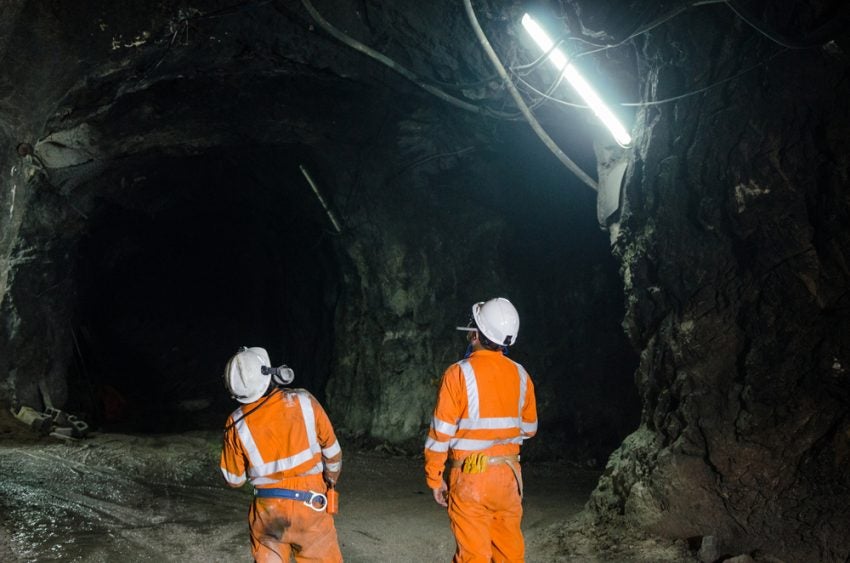
Working to remove loose and potentially dangerous rock material from rock surfaces, scaling plays an essential role in the underground cyclical tunnel excavation process. NS Energy speaks to Mikko Yletyinen, product line director of the scaling portfolio at leading mining equipment provider Normet, about the challenges operators face with scaling and how technology has evolved to solve them.
What are the challenges around manual scaling? What risks do operators face?
Manual scaling has always been the most dangerous task in underground mining. Imminent rock falls are the most obvious risk but there is more to it than that. For example, working in unergonomic positions, such as carrying a long scaling bar and hitting rock surfaces which can strain a miner’s muscles, joints and tendons.
The environment is also typically very dusty, which can affect the respiratory system, while silicosis can follow years of exposure to rock dust, and the impact sounds of bars hitting rock can impair a worker’s hearing.
How has mechanised scaling transformed underground excavation?
MY: Scaling has always been recognised as a necessity, but mechanised scaling has walked hand-in-hand with an increased emphasis on mining safety and productivity. A typical development path in scaling has been replacing manual approaches with drilling jumbos.
This can be recognised as mechanical scaling already, but due to the nature of falling rocks in scaling, drilling machines tend to get damaged easily and this can paralyse production.
In the next development phase, the mining company will buy an excavator for scaling. For some types of mining this works well, but in many cases, the excavators are designed to work downwards and not in the tunnel roof and ribs.
Additionally, these machines are not designed with FOPS (falling object protection systems), which protect the operator from large rocks hitting the operator cabin. In the last phase, mines usually buy a dedicated scaling machine, mainly due to these reasons.
What solutions does Normet offer in mechanised scaling?
MY: At the moment, we have one base frame for scaling and breaking; the Scamec 2000. This machine can be equipped with three lengths of booms: small, medium or large, reaching 9m, 10m and 11.5m respectively.
When was the Scamec 2000 introduced and why? What are the benefits of the Scamec 2000?
MY: The first scaling machine was the Scamec 1000, introduced in the late 1980s and based on the drilling Jumbo chassis Normet made for the former Tamrock. Amazingly, some of these old Scamec 1000s are still in use today.
Development of the Scamec 2000 began in the late 1990s and the first unit was taken into use in 1998. Development and testing of both scalers were done in close co-operation with the Pyhäsalmi mine and the very first scaler was built upon their request.
The Scamec 2000 offers a very solid platform of trusted Normet quality. Machine structures are clear and simple for maintenance purposes. Lifting and tilting of the cabin provides the operator a clear view of the work in hand and an ergonomic operating position as well.
The cabin is FOPS and ROPS tested but also tested in the field where some horrendous tunnel roof collapses occurred but the operator has walked away unharmed. A long and sturdy boom also keeps the operator far from harms way.
How has your scaling solution evolved in recent years?
MY: Even though the original design is from 1990s we have upgraded the machine constantly and now offer two different styles of scalers; one with a basic, hydraulically controlled boom and traditional electrics for customers that want to keep it simple, and a second type with advanced bus controlled electrics for increased productivity and operator ergonomics. Both versions can be equipped with HV-electric powerpacks for electric scaling.
Recent upgrades we have completed are a special strength steel for hammer tilting cylinders, hot and arctic kits for more demanding customer environments, and dozens of small changes improving operator comfort, serviceability and product lifetime.
For more information, click here.






